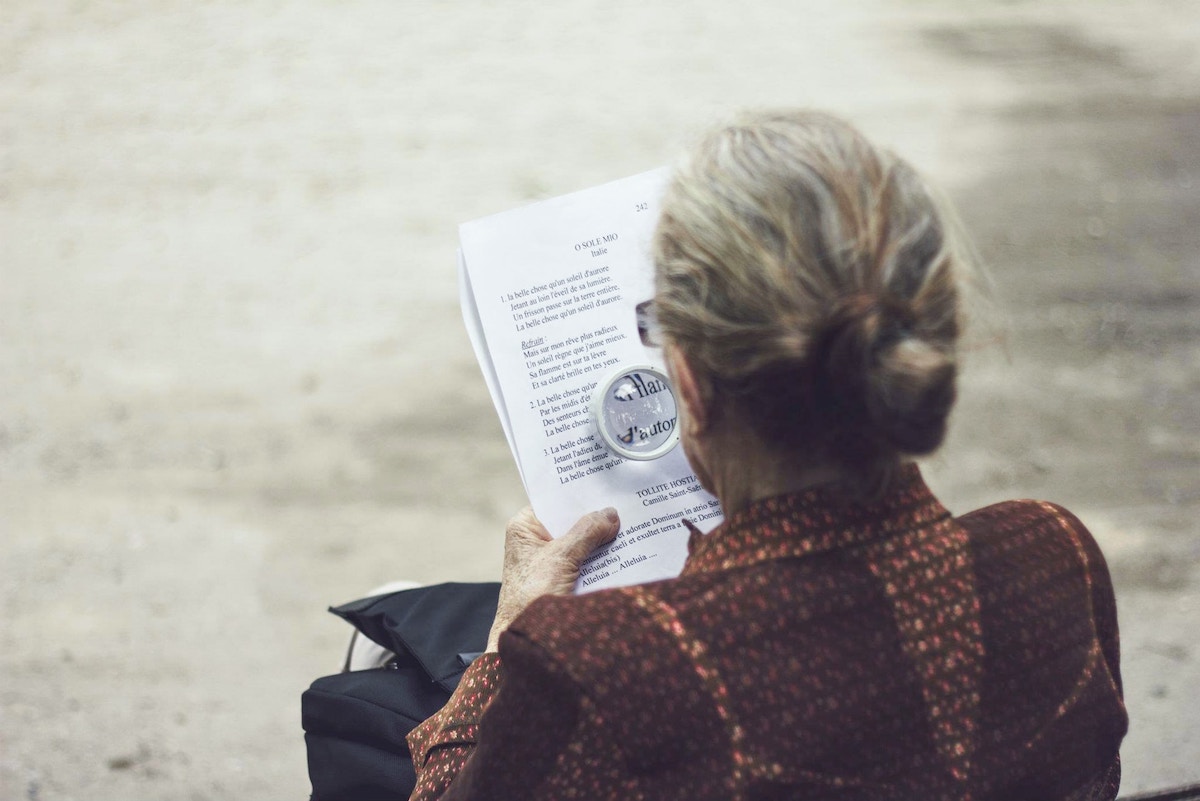In a Nutshell:
- Lynley Hood, an 80-year-old author from New Zealand, accidentally regained her vision, lost to glaucoma 12 years ago, during a placebo treatment for her chronic back pain.
- Participating in a University of Otago study, Lynley was part of the placebo group receiving superficial scalp electrical stimulation. Remarkably, after four weeks, her vision restored almost to full capacity, a result that left her ophthalmologist stunned.
- Intrigued by this unforeseen recovery, the study team, led by Dr. Divya Adhia, plans to conduct further research into how scalp electrical stimulation might aid in restoring eyesight, potentially leading to a revolutionary breakthrough in treating blindness.
In a surprising twist of medical events, a placebo treatment designed to alleviate chronic back pain inadvertently restored the vision of an 80-year-old blind woman.
Lynley Hood, from Dunedin, New Zealand, an award-winning writer, had lost her eyesight over a decade ago to a rare form of glaucoma and found the world in color once again thanks to a back pain treatment study at the University of Otago.
Hood’s journey into darkness started 12 years ago when her left eye suddenly became blurry while reading a book.
Assuming it was due to fatigue, she retired for the night, only to wake up to a world that hadn’t regained its clarity.
She was soon diagnosed with a rare form of glaucoma and informed by her doctors that there would likely be no improvement in her condition.
Hood eventually became legally blind, which put a pause on her passion for reading and writing.
But life had an unexpected plot twist in store for Hood.
A painful fall in 2020 fractured her pelvis, leading to severe back pain, which strangely, became the pathway to her unexpected vision recovery.
This incident led her to participate in a chronic pain treatment research project conducted by the University of Otago.
The project, split into two groups, involved participants undergoing electrical stimulation sessions while wearing specially wired helmets.
One group received electrical stimulation directly to the brain, while the placebo group, including Hood, received superficial scalp-level stimulation.
Unbeknownst to her, Hood was in the placebo group.
After just four weeks of electrical stimulation, Hood discovered her vision had returned to nearly 100%.
The dramatic improvement left even her ophthalmologist astounded, who couldn’t resist but call it a “miracle.”
“Miracle is not a word we use very often in science, but it was — an accidental miracle,” project co-leader Dr. Divya Adhia told the Otago Daily Times.
“It wasn’t the intended outcome, but to see that my research has actually made an impact on people is incredible.”
Having lived with severely impaired vision for over a decade, Hood is now readjusting to a life that’s in clear sight.
With her vision restored, she is eager to return to her love for writing.
“At first, I thought I was imagining it,” Hood said, expressing disbelief at the return of her sight.
She detailed how the electrical currents, traced by advanced equipment, stimulated her retina, sparking an array of signals down her optic nerve and restoring her vision.
The intriguing question of how the electrical stimulation managed to bring Hood’s eyesight back remains unsolved, but Dr. Adhia and her team are eager to find out.
They’re now planning another study to understand this unexpected visual resurgence better, potentially opening a new window of hope for others living with blindness.
Source

 Business1 year ago
Business1 year ago
 Entertainment12 months ago
Entertainment12 months ago
 Science12 months ago
Science12 months ago
 Business1 year ago
Business1 year ago
 Entertainment12 months ago
Entertainment12 months ago
 Entertainment12 months ago
Entertainment12 months ago
 Tech12 months ago
Tech12 months ago
 U.S.12 months ago
U.S.12 months ago




Dr. Luis Newman
August 19, 2019 at 12:23 pm
In 2019, Can PRP and Penile Traction Device Replace Collagenase to Treat Peyronie’s Disease?
— Peyronie’s disease (PD) is an accumulation of collagen in the penis that creates a scar, producing a deformity and pain in the erectile state, that affects between 1%-8% of men. ANDROMEDICAL laboratory proposes a new strategy to treat PD based on combined therapy of platelet-rich fibrin matrix (PRFM or activated-PRP) with Andropeyronie, a penile traction device (PTD) designed to treat penile curvatures. Now urologists, their patients and health insurance companies may have a cost-effective alternative to collagenase and surgery for effectively treating Peyronie’s disease, without side effects of other therapies. More information
In 2013 the US-FDA approved the use of collagenase (CCH) for its treatment. Collagenase is an enzyme that breaks the peptide bonds of collagen, but medical studies showed that effectiveness was limited to a 33% correction of penile curvature. In 2013, Dr. Martínez-Salamanca (Spain) carried out a hospital study with the penile traction device called Andropeyronie to treat Peyronie’s disease in the acute phase, achieving a 60% correction of the curvature. In 2015 the American Urological Association recommends treating Peyronie’s disease with combined collagenase therapy and Peyronie’s plaque remodeling, done with manual exercises or with a soft progressive force for a few hours a day with a penile traction device (PTD). Medical protocol
In 2018 Dr. Terlecki (USA) published a clinical study on the use of autologous platelet-rich plasma (PRP) in Peyronie’s disease whose conclusions were that the activated-PRP or PRFM appears to be a safe and feasible treatment, more than 80% of patients improved in their degree of curvature. Evidence suggests that platelets play an important role in tissue repair, vascular remodeling and inflammatory and immune responses through secretion of growth factors, cytokines and chemokines. Thus, injection of PRFM could combine mechanical disruption of the plaque, via needle fracture, while simultaneously neutralizing destructive inflammatory processes in an effort to promote a better wound-healing response and stabilize the disrupted plaque. It is important to note that collagenase injection does not address appropriate wound healing or regeneration of the damaged tissue. Clinical study
In 2013 Dr. Chung (Australia) demonstrated that penile traction translates mechanical stimuli into a chemical response leading to activation of cell proliferation. In 2019 Dr. Romero (Spain) published a clinical study demonstrating that the use of a penile traction device reduces the need of cycles of collagenase in patients with Peyronie’s disease. Clinical studies
The world of urology is advancing rapidly and clinics are beginning to use this promising combined therapy of platelet rich plasma with penile traction therapy in hopes of wound healing and tissue regeneration. New treatment options for Peyronie’s disease are opening up, with benefits for patients, urologists and health insurance companies. Therapy of PRP with PTD is an effective treatment without side effects, easily performed in the doctor’s office and a cost-effective alternative to other therapies.